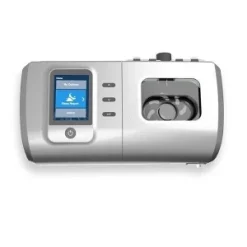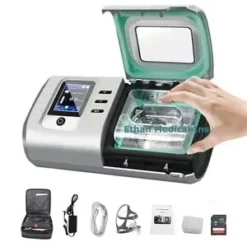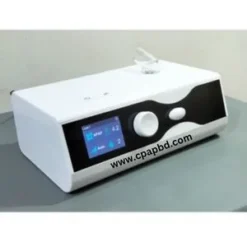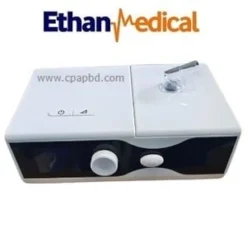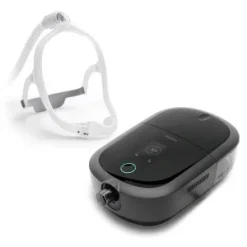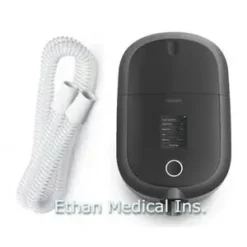Sleep Apnea Devices: Your Path to Restful Nights and Better Health
Sleep apnea, a common yet serious sleep disorder, can significantly disrupt your breathing and overall health. However, with the right sleep apnea device, you can regain control of your nights and improve your quality of life. In this guide, we’ll walk you through everything you need to know about sleep apnea devices and how they can help.
What Is Sleep Apnea?
First, it’s important to understand what sleep apnea is. Essentially, it occurs when your airway becomes blocked or collapses during sleep, causing pauses in breathing. As a result, you may experience symptoms like loud snoring, daytime fatigue, and restless sleep. Over time, untreated sleep apnea can lead to serious health issues, including heart disease, high blood pressure, and diabetes.
Types of Sleep Apnea Devices
Now that you understand the condition, let’s dive into the devices designed to treat it. There are several options available, and each offers unique benefits depending on your needs.
1. CPAP Machines
To begin with, Continuous Positive Airway Pressure (CPAP) machines are the most common treatment for moderate to severe sleep apnea. They deliver a steady flow of air through a mask, ensuring your airway stays open throughout the night.
2. BiPAP Machines
In contrast, Bi-level Positive Airway Pressure (BiPAP) machines offer two pressure settings—one for inhalation and a lower one for exhalation. This makes them ideal for individuals who struggle with CPAP machines or have additional breathing issues.
3. APAP Machines
Next, Auto-adjusting Positive Airway Pressure (APAP) machines provide an advanced solution. These devices automatically adjust air pressure based on your breathing patterns, offering a more personalized treatment experience.
4. Oral Appliances
If you’re looking for an alternative to machines, consider oral appliances. These custom-fitted devices reposition the jaw or tongue to keep your airway open, making them suitable for mild to moderate sleep apnea.
5. Positional Therapy Devices
Furthermore, positional therapy devices are an excellent option for those whose sleep apnea is triggered by sleeping on their back. These devices encourage side-sleeping, which can help prevent airway obstruction.
6. Surgical Implants
Finally, for severe cases, surgical implants like hypoglossal nerve stimulators may be recommended. These devices stimulate the tongue muscles to maintain airflow during sleep.
Why Use Sleep Apnea Devices?
Now, you might be wondering, why invest in a sleep apnea device? The benefits go beyond just better sleep. Here’s what you can expect:
- Improved Sleep Quality: These devices help minimize interruptions, allowing you to enjoy deep, restorative sleep.
- Better Health Outcomes: Over time, regular use reduces the risk of cardiovascular problems and improves overall well-being.
- Reduced Snoring: Many devices also address snoring, creating a more peaceful sleeping environment for you and your partner.
How to Choose the Right Device
At this point, you may feel overwhelmed by the options. Don’t worry—choosing the right device doesn’t have to be complicated. First, consult a healthcare professional for a proper diagnosis and personalized recommendations. Then, consider factors like comfort, ease of use, and budget to make the best choice for your lifestyle.
Maintaining Your Device
Once you’ve chosen your device, it’s crucial to take good care of it. Regular cleaning, replacing filters and masks as needed, and following manufacturer guidelines will ensure your device remains effective and hygienic.
Take Control of Your Sleep Today
In conclusion, sleep apnea doesn’t have to dictate your life. With the right device and a commitment to proper management, you can enjoy restful nights, better health, and improved energy levels. So, why wait? Speak with your doctor today to find the perfect solution and start your journey toward healthier sleep.

